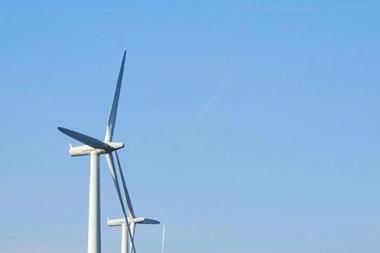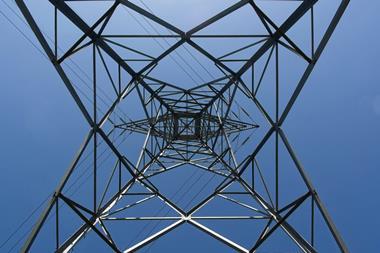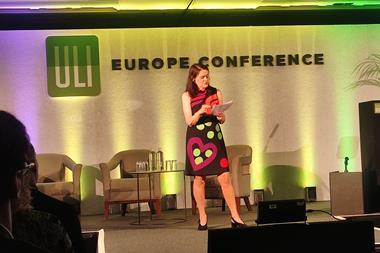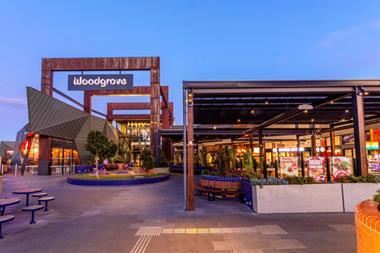EDHECinfra’s new unlisted indices have captured the immediate impact of the COVID-19 fallout on private infrastructure investments in the first three months of the year.
The infra300 equity index, which was launched last year and tracks 300 investments and across several sectors, was down 6.37% in the first quarter.
EDHECinfra said analysts “conducted a firm-by-firm review of the impact of the COVID-19 lockdown on the future revenues of all major infrastructure affected by the crisis”.
An inability to capture the true volatility of private infrastructure has always been a challenge for institutional investors when allocating to the asset class, but EDHECinfra said its pricing technology allowed it to produce a market-to-market assessment.
Infrastructure assets with merchant business risk were most directly affected by the lockdown with the Merchant Infrastructure Index returning a negative 9.15% return; the Advanced Economies Unlisted Airport Index was down 10.16%, and the Unlisted Road Index fell 13.67%.
“Infrastructure businesses are usually impacted by the tail end of recessions: demand for essential services flags, public counterparty risks increase and even long-term financing may become hard to come by. This crisis is different,” EDHECinfra said.
“The impact of the oncoming economic recession on infrastructure assets will only come later.”
The listed infrastructure markets seem to have been harder hit than their private counterparts. The Global Listed Infrastructure Organisation (GLIO) Index fell 17.75% in Q1.
GLIO highlighted that its index outperformed global equities, which dropped 21.5% during the same period.
“These are the periods where we get to see, in sharp focus, how listed infrastructure is able to demonstrate resilience against the broader volatility in listed markets,” GLIO said.
“Such resilience is a hallmark of infrastructure assets when held in diversified holdings across the key infrastructure sectors.”

















